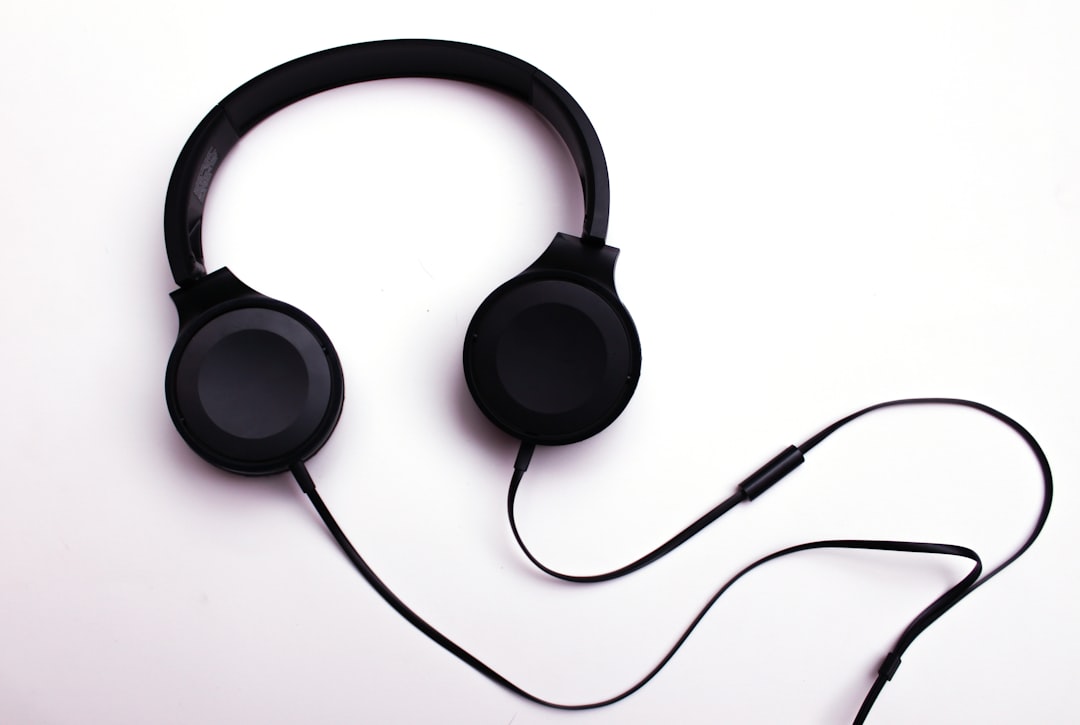Podcasting has evolved dramatically over the past two decades. From humble beginnings as simple audio diaries, podcasts now span every genre, reach millions of listeners globally, and generate billions of dollars in revenue. But what lies ahead for this dynamic medium? With the emergence of cloud-connected audio, a revolution is on the horizon. The way creators produce, distribute, and monetize podcasts — and how audiences consume them — is poised for a major transformation.
The Shift Towards Cloud-Based Infrastructure
At the heart of this evolution is the cloud. Traditionally, podcast production required local software, physical recording equipment, and significant post-production editing. However, modern cloud-based tools are making these steps more accessible and collaborative than ever before.
Cloud-connected audio refers to recording, editing, storing, and distributing podcast content directly through internet-based platforms. This model offers numerous advantages:
- Real-time Collaboration: Multiple hosts and guests can join recording sessions from anywhere with internet access, eliminating geographical barriers.
- Automated Workflow: AI-driven tools integrated into cloud platforms can handle noise reduction, EQ balancing, and transcription, reducing post-production time.
- Instant Distribution: Once a podcast is published, it can instantly be made available across various streaming platforms through cloud syncing.
These features not only simplify the production process but also allow smaller teams or even solo creators to produce high-quality audio content at scale.
Personalization Through Cloud Analytics
Another enormous benefit of cloud integration in podcasting is the availability of advanced analytics. Traditional RSS feeds gave podcasters limited insight into their audience’s behavior. Now, real-time data tracking powered by the cloud enables:
- Listener Behavior Analysis: See where audiences are dropping off or which segments are most replayed.
- Content Optimization: Tailor content to match user preferences, time-of-day listening trends, or platform-specific behaviors.
- Dynamic Ad Insertion: Serve different audio ads based on geographic location, listening history, or demographics.
With this data, creators can adapt quickly, delivering episodes that are more aligned with audience interests, ultimately fostering stronger listener loyalty.
Intelligent Voice Integration and Smart Devices
Cloud-connected audio goes beyond the editing suite and directly into modern smart homes. With the growing prevalence of intelligent voice assistants like Alexa, Siri, and Google Assistant, listeners are accessing podcasts without even touching a screen.
This seamless integration is expanding the nature of on-demand audio. Imagine saying, “Alexa, play today’s news from my favorite podcast,” and immediately diving into content tailored to your previous listening habits and preferences. This hands-free convenience is a key factor in podcasting’s skyrocketing user engagement.

Revolutionizing Podcast Monetization
Monetization strategies are also evolving with cloud technology. While advertising remains a primary revenue stream, cloud platforms now support far more sophisticated methods:
- Listener Micro-Subscriptions: Platforms can offer custom subscriptions — not for an entire podcast, but for specific episodes or exclusive content streams.
- In-App Merchandise Integration: This allows listeners to purchase related merchandise directly within the audio interface.
- Real-time Engagement: Through live cloud events, podcasters can interact with audiences and drive revenue through donations or ticket sales for virtual experiences.
Furthermore, using cloud-based dynamic ad insertion, podcasters can swap out old ads for new ones, maximizing revenue from evergreen content.
The Rise of AI-Enhanced Podcasts
Artificial Intelligence is playing a pivotal role in powering cloud-connected audio. AI is no longer just an editing tool — it’s becoming an integral part of the creative process. Services now exist that can:
- Auto-generate podcast summaries and highlights for efficient content promotion.
- Translate and dub podcasts in multiple languages for global reach.
- Create AI co-hosts that offer data-driven insights or segment prompts in natural-sounding voices.
This future-focused technology is poised to break down major barriers. Language, production challenges, and accessibility are all being addressed simultaneously, ushering in a new era of podcasting where nearly anyone can become a creator.
Better Accessibility and Inclusivity
Cloud-connected audio is also expected to bring improved accessibility. With integrated transcription features, podcasts can become instantly accessible to those who are deaf or hard of hearing. Some cloud tools now offer:
- Real-time Speech-to-Text Transcriptions with language customizations.
- Language Translation across dozens of commonly spoken dialects.
- Interactive Captions for multimedia displays during podcast streaming events.

These additions not only expand the audience base but also align podcasts with global standards for inclusivity in media technology.
What’s Next? The Metaverse and Spatial Audio Podcasts
Looking toward the horizon, cloud-connected audio may soon intersect with the next generation of immersive experiences. As virtual reality (VR) and augmented reality (AR) platforms become more mainstream, spatial audio — sound that moves in space — could reimagine podcast storytelling. Picture this:
You’re inside a virtual café, and a character from a fiction podcast sits across from you, telling a story. Ambient sounds, like the buzz of espresso machines or dishes clinking, envelop you in 360 degrees of immersive audio.
It sounds futuristic, but platforms are already testing these ideas. Combined with cloud processing power, podcasters may soon offer full-scale, experiential content previously reserved only for filmmakers or game developers.
Cloud Audio Empowers Niche Communities
One of podcasting’s greatest strengths is its ability to cultivate niche audiences. With cloud-based platforms, even hyper-niche podcasts can now find their tribe and grow through community tools such as:
- Private community forums embedded in podcast apps.
- Live listening parties with Q&A and fan feedback options.
- Social sharing tools that auto-generate visual soundbites for platforms like Instagram or TikTok.
This level of interactivity was scarcely imaginable a few years ago. Now, fans aren’t just passive listeners — they’re part of a living, breathing community sharing a common passion.
The Democratization of Audio Content
The most thrilling part of the cloud-connected audio revolution is the democratization of media. The high costs and technical challenges of professional-grade podcasting are dissolving. Today, with a microphone, a laptop, and the right cloud platform, a teenager in Nairobi or a teacher in São Paulo can produce stories that resonate worldwide.
In the future, expect more cultural diversity, new perspectives, and voices that have never been heard on traditional media channels.
Conclusion: A Sound Future
Podcasting is no longer just a medium — it’s a movement. Thanks to cloud-connected audio, it’s transforming into an even more powerful tool for communication, education, entertainment, and connection.
The future of podcasts lies not just in better audio quality or professional content, but in its ability to become globally accessible, highly personalized, and emotionally immersive. Cloud-connected solutions are empowering creators and audiences like never before, ushering in what could be described as the golden age of independent, intelligent audio storytelling.
As technology evolves, one thing is clear: the best is yet to come for podcasts and those who love them.
